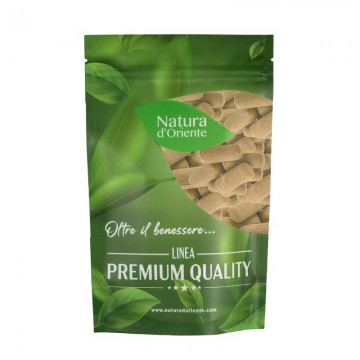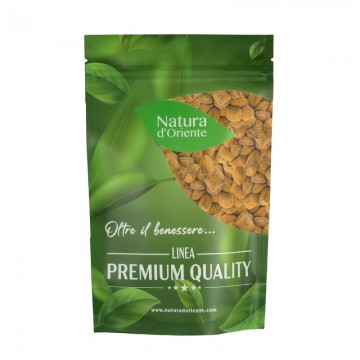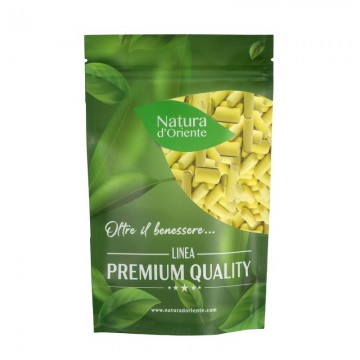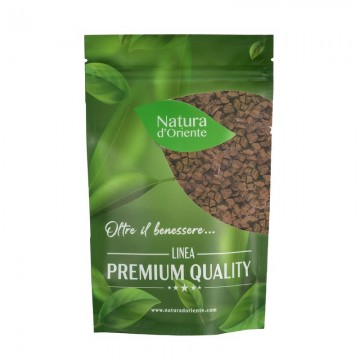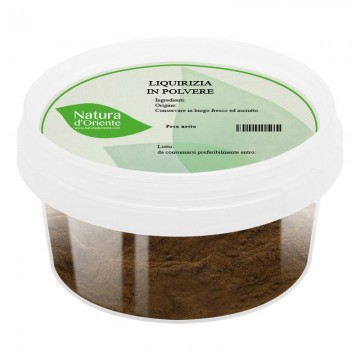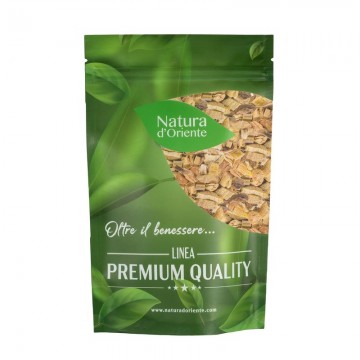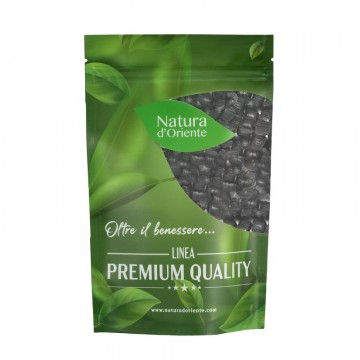Golden licorice chalks
Chalks dusted with licorice powder on the outside, with a soft licorice root flavored filling. The originals, the best on the market!
Ingredients:
sugar, molasses, WHEAT flour, glucose syrup, licorice extract, licorice powder (licorice extract, sugar, dextrose, corn starch), coconut fat, ammonium chloride, modified potato starch, natural aniseed flavouring, emulsifier: E-471.
Packaging:
envelope with zip closure to save freshness.


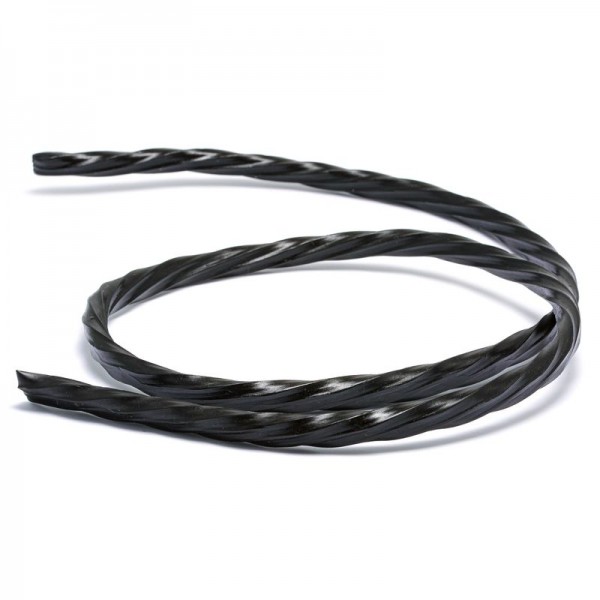


 No reward points for this product.
No reward points for this product.
